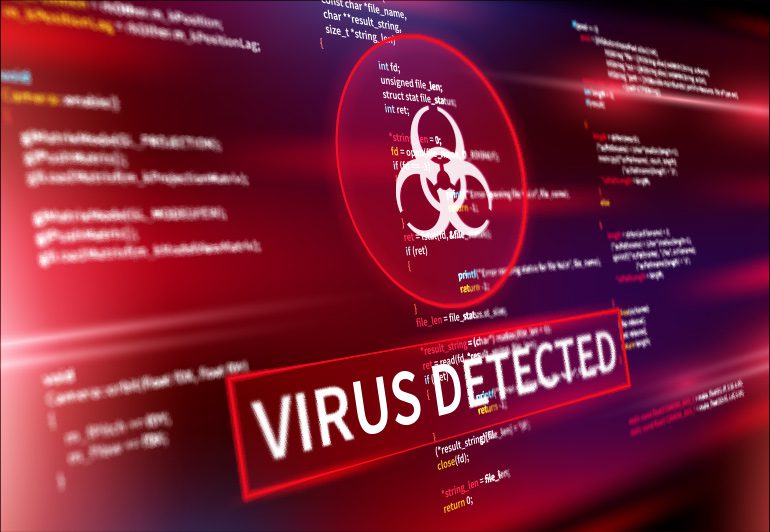Strategies for Detecting and Responding to a Cybersecurity Incident or Attack
Randy Sukow
|

Guest Contributor – Tom Neclerio, CISO & SVP of Security Services at SilverSky
As cyber threats continue to evolve, so must an organization’s ability to detect and respond to these threats. A swift, efficient, and structured response can often differentiate between a minor security hiccup and a full-blown crisis. This article delves into strategies for detecting and responding to cybersecurity incidents.
1. Detecting a Cybersecurity Incident
- Network Monitoring: Invest in advanced network monitoring tools that scan for unusual patterns or activities. Anomalies, like unexpected data transfers, can signify a breach.
- Endpoint Detection and Response (EDR): These solutions continuously monitor endpoint activities, providing real-time analysis and helping identify threats at the device level.
- Log Analysis: Regularly review and analyze system and application logs. Suspicious entries could indicate unauthorized activity.
- User Behavior Analytics (UBA): UBA tools analyze user behavior patterns and can raise alerts when there’s a deviation from the norm, such as a user accessing sensitive data they usually don’t.
- Threat Intelligence Feeds: Subscribe to threat intelligence services that provide real-time information about emerging threats, helping you adjust defenses accordingly.
2. Responding to a Cybersecurity Incident
- Incident Response Plan (IRP): This is a structured approach detailing the processes to follow when a cybersecurity incident occurs. Every organization should have an IRP and ensure all employees are familiar with it.
- Preparation: Establish and maintain an incident response team. Train them, equip them with the necessary tools, and regularly review and update the IRP.
- Identification: Determine whether a security event qualifies as a security incident. This might involve correlating data across various tools and logs.
- Containment: Isolate the affected systems to prevent further damage. This includes short-term (immediate) containment and long-term containment to protect the environment during recovery.
- Eradication: Find the incident’s root cause and remove the threat from the environment.
- Recovery: Restore and validate system functionality for business operations to resume. Monitor for signs of the threats re-emerging.
- Lessons Learned: Conduct a retrospective of the incident after handling the incident. What went right? What went wrong? How can the organization improve?
- Communication: This is vital. Inform relevant stakeholders about the breach, including regulatory bodies, if required. Transparency is crucial, especially if customer data is involved.
- Engage External Experts: Sometimes, it’s beneficial to bring in third-party experts, like cybersecurity firms, to help assess, respond, and recover from an incident. They bring a fresh perspective and might identify things your internal team missed.
- Forensics: In some cases, especially if legal action is expected, a forensic analysis of the breach is necessary to understand how the attack happened and who was responsible.
- Continuous Improvement: Use every incident as a learning experience. Regularly update your response strategies and training procedures based on these lessons.
In the digital age, it’s not a matter of “if” but “when” a cybersecurity incident will occur. Proactive detection combined with an effective response strategy can significantly reduce the impact of a security breach. Investing in tools, training, and practices that enable quick identification and resolution of threats is essential to safeguarding the organization’s assets and reputation.
